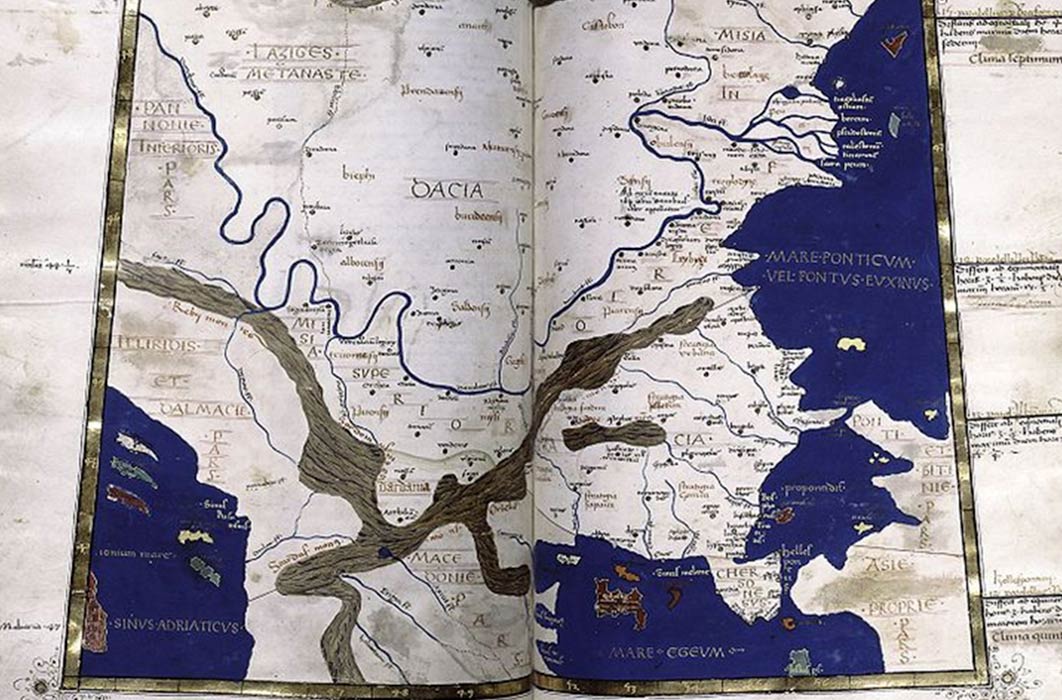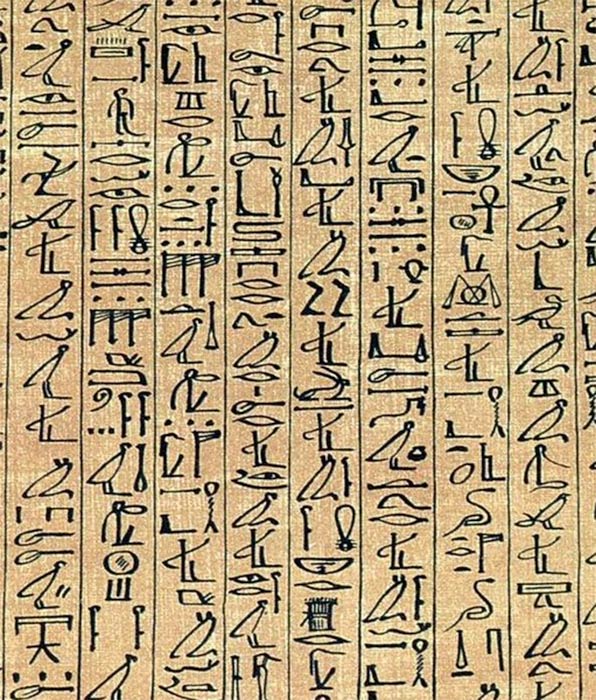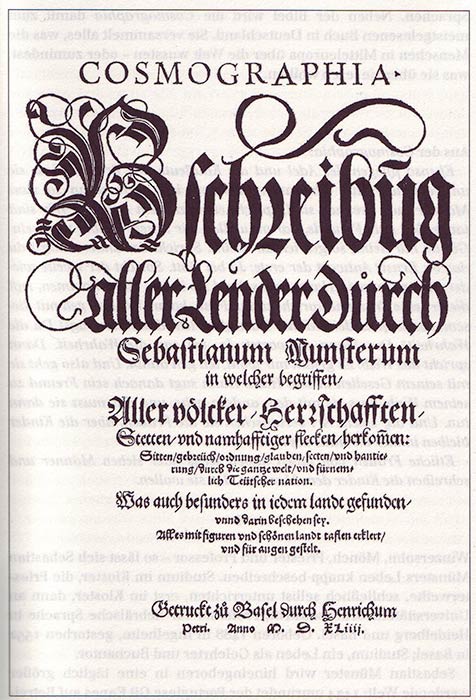
Antiquarian Treasures Worth 150,000,000 Dollars
Before the invention of the Gutenberg printing press in Mainz, Germany, around 1440 AD, recognizable systems of writing had developed in three major ancient cultures: around 3000 BC Mesopotamian cuneiform featured in Sumerian, Akkadian and Elamite civilizations; Egyptian hieroglyphs began around 2800 BC and the precursor to Kanji Chinese emerged around 1800 BC.

Codices largely replaced scrolls similar to this. (CC0)
The first books were scrolls made from the Egyptian papyrus plant and these evolved into manuscripts in ancient Greece. Romans later developed the codex from wood and animal skins which levered open similar to the books known today and it featured real pages. Early Chinese and Korean cultures arranged molded letters that were inked and reused, and all over the world unique record keeping methods were developed, but because the materials used to make ancient texts, codices, scrolls and manuscripts were organic, most have degraded back to nature. Since old books are few and far between some of the rarest editions of the most ancient books that have survived, reach astronomical prices at auctions, and these are some of the most expensive, paradigm changing books ever sold.

A section of the ancient ‘Papyrus of Ani” showing early cursive hieroglyphs. British Museum (Public Domain)
Cosmographia The World’s First Atlas
The Cosmographia, or The Geography, was written by the Greco-Roman Claudius Ptolemy circa 150 AD and one can browse this legendary book’s 27 ancient hand-drawn maps at the World Digital Library. Ptolemy was a Greek-speaking geographer, astronomer and astrologer who lived in Roman Egypt and his scientific treatises influenced both Islamic and European science and all later maps and atlases of the Roman Empire. With his having provided the longitude and latitude coordinates for over 2,000 places he greatly contributed to international trade and shipping.

Title-page of the first edition of The Geography printed in Basel by Heinrich Petri. (Public Domain)
This game changing book is considered by historians to be the world’s first printed atlas and it was one of the most successful and popular books of the 16th century. With 24 editions printed in less than 100 years, it had the effect of reviving the discipline of geography in 16th-century Europe. Perhaps the most awe-inspiring map within Cosmographia is Tabula novarum insularum which is credited as the first map of the continent of America. According to a 2006 Fox News report one of three remaining 15th-century copies of The Geography, the 1477 AD edition, sold at Sotheby's setting a new record for any atlas ever sold at an auction: $3.9 million dollars, with an approximate inflation-adjusted price of $5 million. The private collector who bought this book smashed the previous record price paid for the Doria Atlas, which sold at Sotheby's in October 2005 for $2.7 million dollars.




